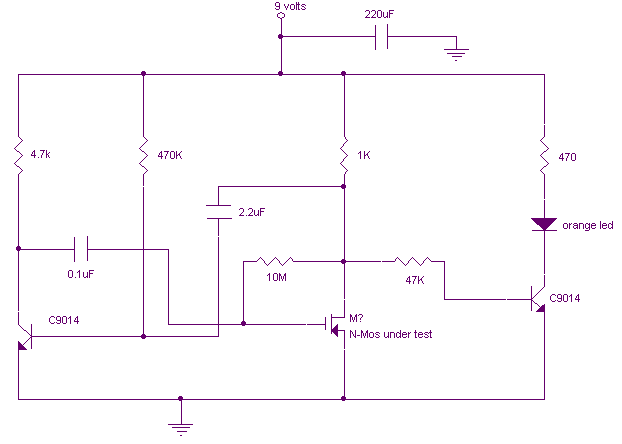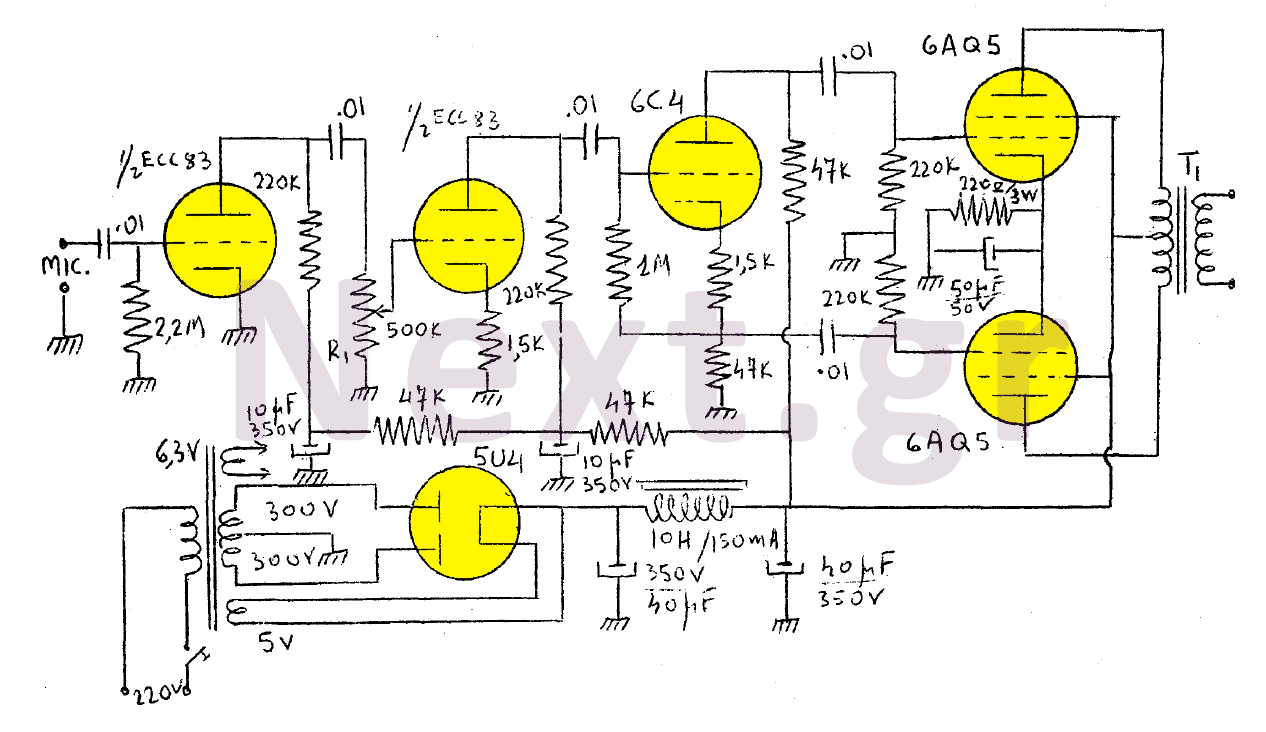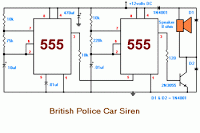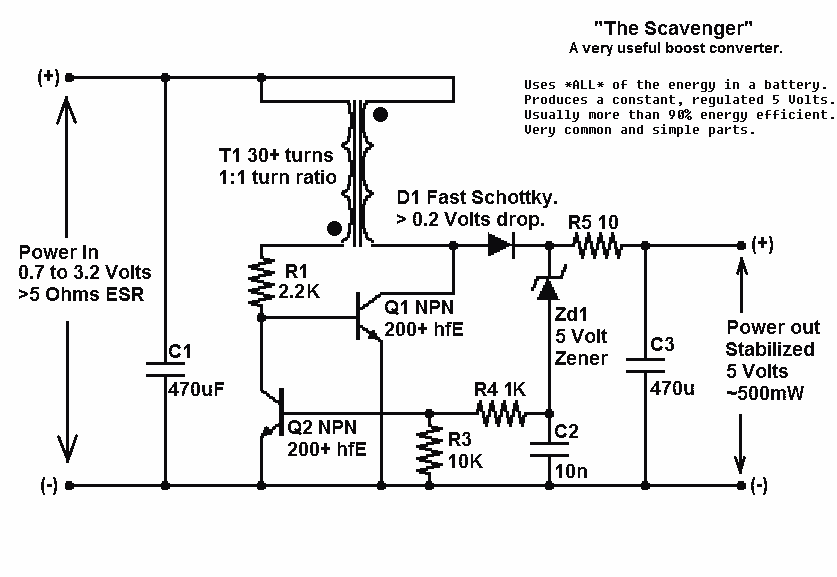
Theremin Music Instrument circuit diagram
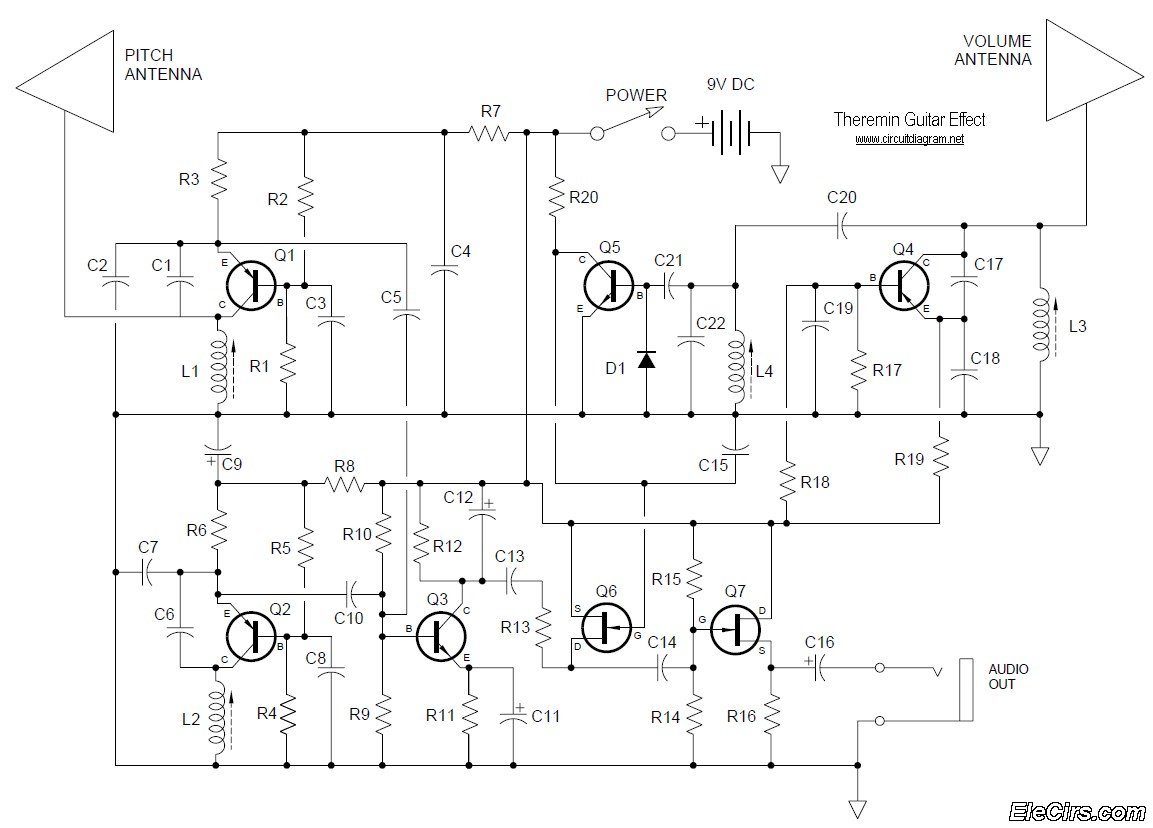
Below is the circuit diagram for the Theremin music instrument effect. A guitar or instrument amplifier is an ideal companion for the Theremin, allowing for bass or treble boost as desired, as well as fuzz (distortion) or reverberation if these features are included in the amplifier's circuitry. A suitable cable plug should be provided to connect the Theremin's output cable to the amplifier's input jack. The Theremin is suitable for both amateur and professional musicians, serving purposes from sound effects to serious music. It is a fantastic addition to home recreation rooms and can be effectively utilized by rock bands or larger ensembles. Theatrical groups find it particularly useful for creating eerie and spine-tingling background effects for mystery or horror plays, and it also serves as an excellent project for budding scientists or engineers at Science Fairs.
The Theremin is an electronic musical instrument that produces sound through the interaction of two electromagnetic fields. The circuit typically consists of an oscillator that generates a radio frequency signal, which can be modulated by the position of the player's hands relative to two antennas. One antenna controls pitch, while the other controls volume. The output of the Theremin can be connected to an amplifier to enhance the sound quality and allow for various effects.
In a typical setup, the output from the Theremin connects to a guitar amplifier or a dedicated instrument amplifier. The amplifier may include features such as equalization controls, allowing the user to adjust bass and treble levels to suit their preferences. Additionally, built-in effects like fuzz or reverb can further enhance the sound, making it more versatile for different musical styles.
To connect the Theremin to an amplifier, a standard 1/4-inch audio cable is used. The output jack on the Theremin is usually a mono output, which means that the signal is sent as a single channel. When connecting to a stereo amplifier, the mono signal can be plugged into either the left or right input, or to a dedicated mono input if available.
For musicians, the Theremin offers unique sound capabilities that can complement various musical genres, from rock to electronic music. Its ability to create ethereal sounds makes it a favorite among theatrical productions, where it can be used to evoke specific atmospheres, particularly in horror or mystery narratives. The instrument also serves as an engaging educational tool, demonstrating principles of electronics and sound synthesis, making it an excellent project for students and hobbyists interested in music technology.
In conclusion, the Theremin is not only a fascinating instrument for performance but also a rich educational resource that bridges the gap between music and engineering. Its adaptability to different musical contexts and its ability to produce a wide range of sounds make it a valuable addition to any musician's toolkit.There is the Theremin music instrument effect circuit diagram below. A guitar or instrument amplifier is an ideal companion unit for the theremin; either one allows bass or treble boost, as desired, and fuzz (distortion) or reverberation (if these features are incorporated in the amplifier`s circuit). Simply provide a suitable cable plug and conne ct the theremin`s output cable to the amplifier`s input jack. The theremin is ideal for amateur as well as professional musicians and can be used for fun sound effects as well as for serious music. It makes a wonderful addition to the home recreation room, and can be used equally well by rock`n` roll groups or larger bands.
Theatrical groups find it just the thing for producing eerie and spine-tingling background effects to accompany mystery or horror plays, and for the budding scientist or engineer, it is an excellent Science Fair project. 🔗 External reference
The Theremin is an electronic musical instrument that produces sound through the interaction of two electromagnetic fields. The circuit typically consists of an oscillator that generates a radio frequency signal, which can be modulated by the position of the player's hands relative to two antennas. One antenna controls pitch, while the other controls volume. The output of the Theremin can be connected to an amplifier to enhance the sound quality and allow for various effects.
In a typical setup, the output from the Theremin connects to a guitar amplifier or a dedicated instrument amplifier. The amplifier may include features such as equalization controls, allowing the user to adjust bass and treble levels to suit their preferences. Additionally, built-in effects like fuzz or reverb can further enhance the sound, making it more versatile for different musical styles.
To connect the Theremin to an amplifier, a standard 1/4-inch audio cable is used. The output jack on the Theremin is usually a mono output, which means that the signal is sent as a single channel. When connecting to a stereo amplifier, the mono signal can be plugged into either the left or right input, or to a dedicated mono input if available.
For musicians, the Theremin offers unique sound capabilities that can complement various musical genres, from rock to electronic music. Its ability to create ethereal sounds makes it a favorite among theatrical productions, where it can be used to evoke specific atmospheres, particularly in horror or mystery narratives. The instrument also serves as an engaging educational tool, demonstrating principles of electronics and sound synthesis, making it an excellent project for students and hobbyists interested in music technology.
In conclusion, the Theremin is not only a fascinating instrument for performance but also a rich educational resource that bridges the gap between music and engineering. Its adaptability to different musical contexts and its ability to produce a wide range of sounds make it a valuable addition to any musician's toolkit.There is the Theremin music instrument effect circuit diagram below. A guitar or instrument amplifier is an ideal companion unit for the theremin; either one allows bass or treble boost, as desired, and fuzz (distortion) or reverberation (if these features are incorporated in the amplifier`s circuit). Simply provide a suitable cable plug and conne ct the theremin`s output cable to the amplifier`s input jack. The theremin is ideal for amateur as well as professional musicians and can be used for fun sound effects as well as for serious music. It makes a wonderful addition to the home recreation room, and can be used equally well by rock`n` roll groups or larger bands.
Theatrical groups find it just the thing for producing eerie and spine-tingling background effects to accompany mystery or horror plays, and for the budding scientist or engineer, it is an excellent Science Fair project. 🔗 External reference
